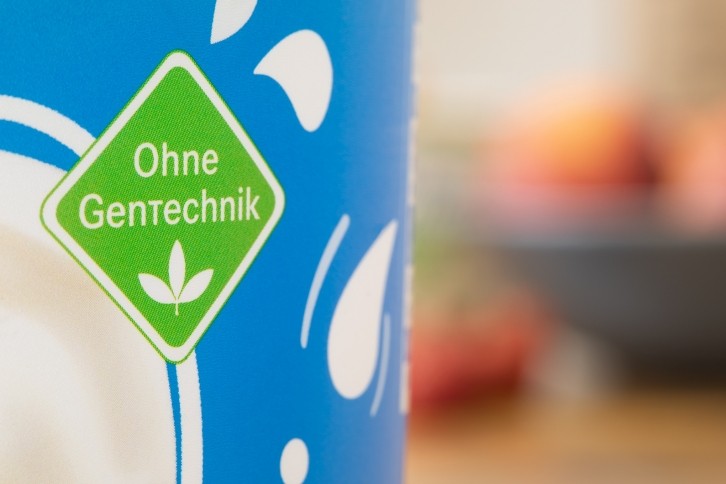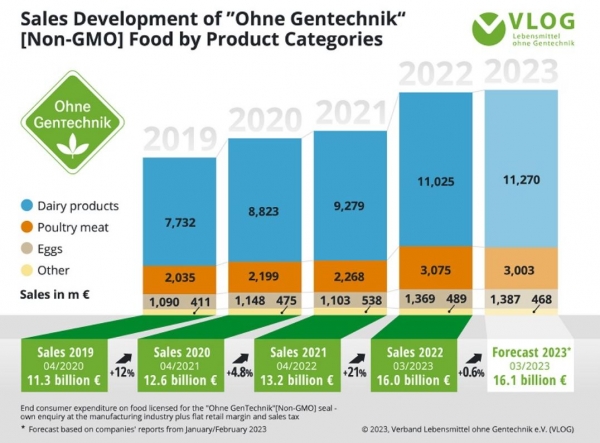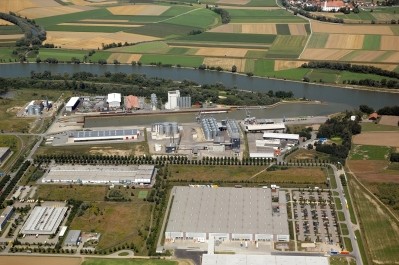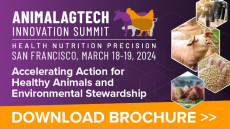VLOG: Almost four out of five liters of milk in Germany are produced GMO-free

In 2022, Non-GMO (73.4%) and organic milk (4.3%) together accounted for almost 78% of the total milk volume in Germany. The proportion has leveled off between 75% and almost 80% in recent years. Ten years ago, it was less than 10%. Most of the milk cartons on supermarket shelves have now been awarded the green "Ohne GenTechnik" seal.
"The 'Ohne Gentechnik' share of the dairy market remains stable. Market saturation has been reached, and a further increase is hardly possible. Even in the crisis year 2022, there was no slump, contrary to all prophecies of doom," said Alexander Hissting, managing director of the Association of Food without Genetic Engineering (VLOG).
In the case of the remaining 20% of milk on the German market, GMO-free products are likely to play a lesser role due to the product portfolio and sales channels, according to Dr Kerstin Keunecke, head of dairy management at Agrarmarkt Informations-Gesellschaft (AMI), which collects sales data for VLOG.
The remaining quantity is produced in northern Germany, and is aimed at the export market, noted the AMI.
Poultry meat, eggs
VLOG also estimates that around 65% of all poultry meat and 70% of all eggs in Germany are produced with Non-GMO feed.
A report released in April this year showed that, in 2022, sales of "Ohne Gentechnik" Non-GMO products in Germany increased by about 21% to almost €16bn. For eggs, the growth was even stronger at over 24% - from €1.1bn to almost €1.4bn. Poultry products accounted for €3.1bn, while sales of other Non-GMO products such as pork and fish products reached €500m.
Hissting commented. "It is not possible to put a concrete figure on how much of the growth is due to inflationary effects. It is clear, however, that even beyond that, the gain is greater than expected.”
With such sales growth, he said it is, therefore, all the more important to protect the 'Ohne Gentechnik' sector from the EU Commission’s proposed genetic engineering deregulation plans in order to be able to continue to assure reliable transparency for consumers.
















